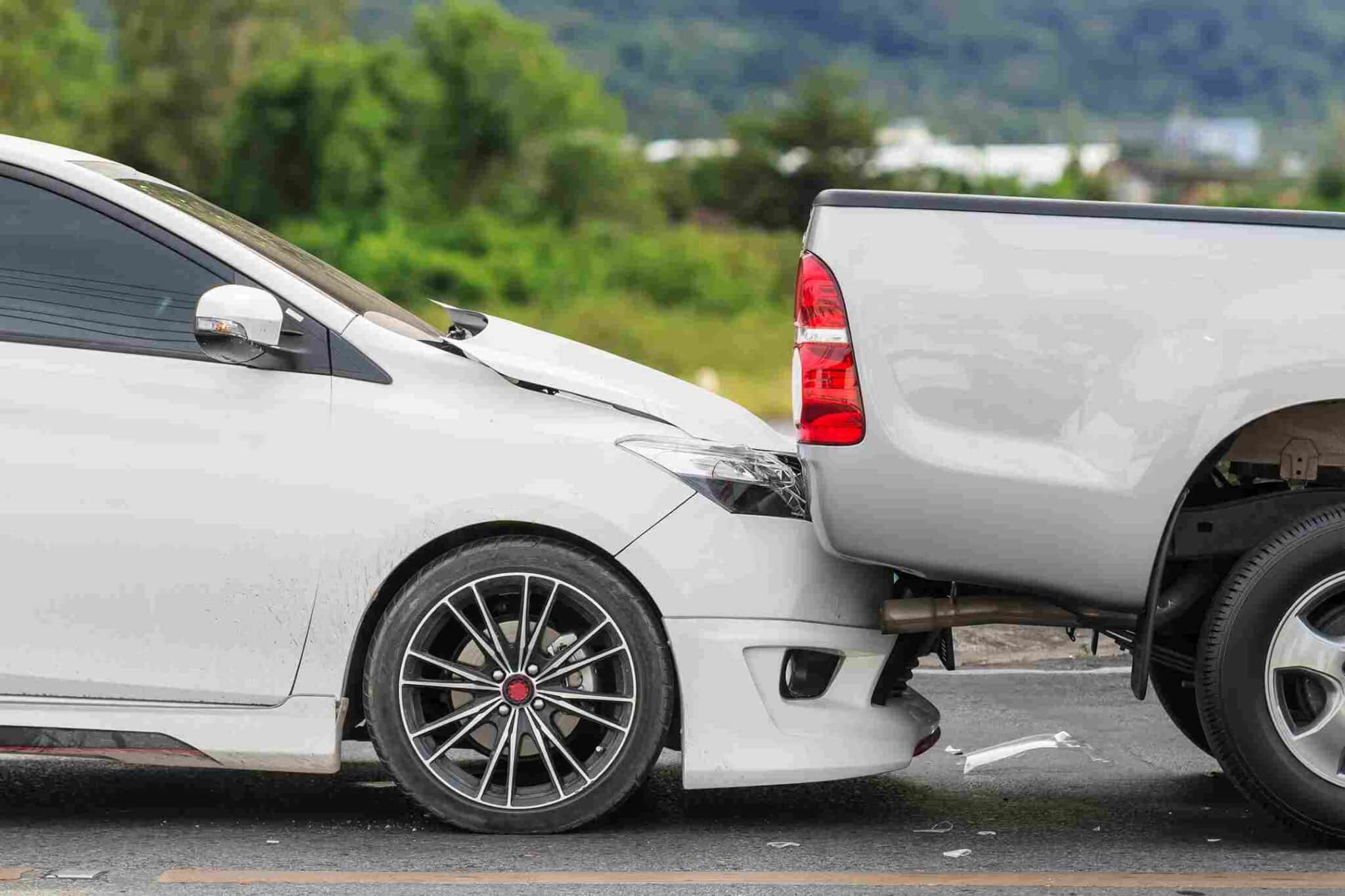Car accidents are common occurrences on the roads and highways in and around Minnesota. If you are involved in an accident, you may have the right to recover compensation for your injuries. However, it is necessary to prove negligence on the part of another party or parties to recover compensation.
Unfortunately, determining negligence and fault is not always straightforward. The other party may deny fault altogether, or argue that you were partially at fault for causing the accident. Because of how complex this can be, working with an experienced car accident lawyer is recommended in order to protect your rights and secure the maximum compensation.
Understanding Minnesota’s No-Fault Law
Minnesota is what is referred to as a “no-fault insurance state.” Minnesota’s no-fault law is a key aspect of auto insurance and accident claims. Drivers and victims of car accidents need to understand how Minnesota’s no-fault system operates.
Basic Principle of No-Fault Insurance
No-fault insurance means that after a car accident, your own auto insurance company will pay for a certain amount in medical expenses and mileage, as well as wage loss and replacement services, regardless of who was at fault for the accident. This system aims to reduce the need for litigation and to ensure quick payment of benefits for car accident related injuries. There are certain priorities that will determine where you will get no-fault coverage. First, you will go to your own policy. If you do not have your own policy, you will go to any policies carried by any resident relatives. If none, then you will go to the policy on the occupied vehicle. If you are a pedestrian, you may also be able to obtain no-fault benefits from the vehicle that hit you. It can be complex to determine where you should obtain no-fault benefits, so it is important to consult with an experienced Minnesota car accident lawyer.
Coverage Under No-Fault Law
In Minnesota, no-fault coverage typically includes payment for medical expenses, wage loss benefits, replacement services, and, in some cases, funeral expenses. The standard no-fault coverage is up to $20,000 for medical expenses and mileage and another $20,000 for non-medical expenses like lost wages and replacement services. Wage loss is paid out at 85% of your lost wages, capped at $500 per week. Replacement services are paid out at $200 per week, but are not available until the 8th day after the accident.
Limitations and Right to Bring a Claim Against the At-Fault Driver
While no-fault insurance covers basic expenses, it doesn’t compensate for pain, suffering, or emotional distress, or amounts in wage loss and medical expenses that go above and beyond the no-fault coverage. However, just because someone else was at fault for causing the accident doesn’t mean that you have the automatic right to pursue a claim against them. Minnesota requires that an injured person meet one of five so called “thresholds” before they have the right to step outside the no-fault system and bring a claim against the at-fault driver. These thresholds include if there was a death resulting from the accident; if you have a scar or disfigurement resulting from the accident; if you have 60 days disability resulting from the accident; if you have more than $4,000 in medical expenses (excluding the cost of x-rays); or if you have a permanent injury.
Being able to step outside the no-fault system allows you to seek broader damages, including pain and suffering. This is also when negligence of the other party comes into the picture.
Importance of Legal Guidance
Navigating the no-fault system can be complex, especially when injuries are severe. Consulting with a knowledgeable Minnesota car accident lawyer can clarify and assist in understanding your rights and options under Minnesota’s law.
Understanding Negligence in Minnesota
Negligence is a crucial concept in personal injury law for anyone involved in a legal dispute or claim with another party arising from an accident or injury. This brief guide outlines the essentials of understanding negligence in the state.
Definition of Negligence
Negligence in Minnesota is defined as the failure to exercise reasonable care, resulting in harm or injury to another person. It involves an act or omission that a reasonably prudent person would have or would not have committed under similar circumstances.
Elements of Negligence
To establish negligence in a legal context, four key elements must be proven:
- Duty: The defendant must owe a legal duty to the plaintiff.
- Breach: The defendant must have breached that duty through action or inaction.
- Causation: The breach must have directly caused the plaintiff’s injury.
- Damages: The plaintiff must have suffered actual damages, like physical injury or financial loss.
Comparative Negligence Rule
Minnesota follows the “comparative negligence” rule. Under this system, a plaintiff’s compensation can be reduced by a percentage that equals their share of fault in causing the accident. If a plaintiff is found to be more than 50% at fault, they are barred from recovering damages.
Legal Implications
Understanding negligence is crucial for any civil lawsuit or insurance claim following an accident in Minnesota. It affects how liability is determined and how much compensation one may receive. Legal advice from a qualified Minnesota lawyer can provide critical guidance in navigating these complex issues.
The Role of a Minnesota Car Accident Lawyer
Navigating the complexities of a car accident case requires expertise and experience. A Minnesota car accident lawyer plays an important role in gathering evidence, understanding the law, and constructing a strong case to prove negligence and damages.
Gathering Evidence
Gathering the necessary evidence is the bedrock of proving negligence. This includes:
- Police Reports: These often contain vital information about the accident, including any traffic law violations.
- Witness Statements: Bystanders or other drivers can provide accounts that corroborate your version of events.
- Photographic Evidence: Photos from the accident scene can demonstrate vehicle positions, road conditions, and other relevant factors.
- Surveillance Footage: If available, this can be a powerful tool in showing the events as they unfold.
- Expert Testimonies: Accident reconstruction experts or medical professionals can provide insights into how the accident occurred and the extent of injuries.
Establishing Duty of Care and Breach
In Minnesota, every driver owes a duty of care to others on the road. Proving negligence involves showing how the other driver breached this duty. Examples include:
- Running a red light or stop sign;
- Speeding or reckless driving;
- Driving under the influence of alcohol or drugs;
- Failing to yield;
- Failing to keep a proper lookout;
- Failing to keep the vehicle under control;
- Distracted driving, such as using a cell phone.
Causation and Damages
Causation links the breach of duty to the injuries sustained. Your Minnesota car accident lawyer will aim to demonstrate that the accident directly caused your injuries. Following this, documenting damages is vital. Damages include medical expenses, lost wages, pain, and suffering, and more.
Statute of Limitations in Minnesota
Timing is crucial. Minnesota’s statute of limitations for filing an auto accident claim based on negligence is generally six years from the accident date. This means that you must settle your claim or start a lawsuit within six years of the date of the accident, or your claim will be forever barred.
The Role of Your Car Accident Lawyer
Hiring a Minnesota car accident lawyer means you have someone protecting your interests. They will advocate and provide you with the best possible outcome.
Some of the ways your attorney will help with your case include the following:
- Negotiate with the insurance company;
- Offer legal advice tailored to your case;
- Handle all communications with insurance companies;
- Prepare and file all necessary legal documents;
- Represent you in court, if necessary.
Settling vs. Going to Trial
Most auto accident claims are settled out of court. However, your lawyer should be prepared to take your case to trial if a fair settlement cannot be reached. The decision to settle or go to trial depends on various factors, including your case’s strength and circumstances.
Understanding the Role of Negligence in Minnesota Car Accident Cases
Proving driver negligence in a Minnesota car accident requires a strategic approach backed by legal expertise. At Nelson Personal Injury, LLC, our team of dedicated Minnesota car accident lawyers is here to guide you through every step of your auto accident claim, ensuring your rights are upheld and justice is served.
For expert legal assistance, contact Nelson Personal Injury, LLC today. Let us help you navigate your path to recovery and compensation.






